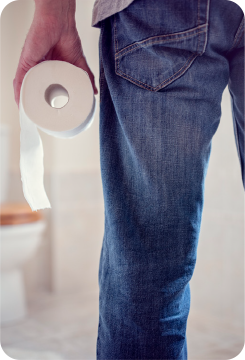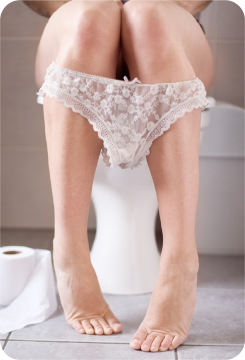In Sponsored Education
Bookmark
Objectives
- Understand the causes and symptoms of haemorrhoids
- Better understand your customers' needs when they are asking for advice
- Be able to recommend a suitable product and provide appropriate self-care advice
- Know when customers should be referred to their GP
Haemorrhoids (also known as piles) are swollen or enlarged blood vessels, which can cause discomfort, itching and irritation, particularly after a bowel movement. They may be either internal (inside the anus) or external (outside the anus). 1 It is possible to have both internal and external piles at the same time. 2
- CAUSES 3
- SYMPTOMS 3,4

Haemorrhoids may be caused by too much straining on the toilet, due to prolonged constipation; this is often due to a lack of dietary fibre. Chronic, or long-term, diarrhoea can also make people more vulnerable to getting piles.
Other factors that may increase risk include:
- Being overweight or obese
- Getting older
- Pregnancy
- Family history of haemorrhoids
- Regularly lifting heavy objects
- A persistent cough or repeated vomiting
- Sitting down for long periods of time

Symptoms include:
- Bleeding after a bowel movement - the blood is usually bright red
- An itchy bottom (anus)
- A lump hanging down outside of the anus, which may need to be pushed back in after a bowel movement
- Still feeling the need to go to the toilet after a bowel movement
- Mucus discharge after a bowel movement
- Soreness, redness and swelling around the anus

